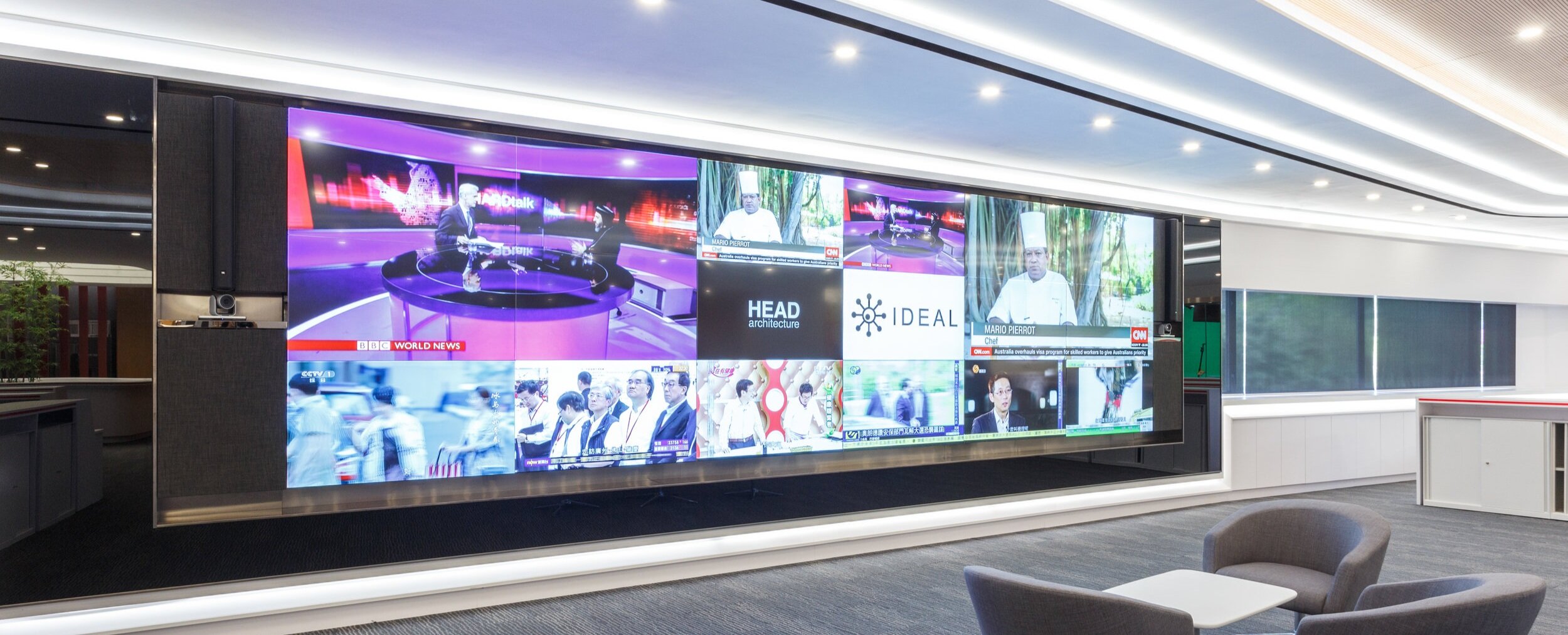Light Emitting Diode display panels have gained popularity for their ability to deliver crisp visuals in multiple settings, from corporate environments to event venues. One of the primary aspects of these systems is their interface options, which allow users to connect them to different devices and systems. Understanding the diverse input options supported for LED wall panels is essential for maximizing their use and effectiveness. This article explores these options, showcasing how they can adapt to specific needs and preferences.

One common interface method for LED wall panels is High-Definition Multimedia Interface. HDMI is broadly known for transmitting crisp video and audio streams between devices. This interface type is especially useful in commercial environments, such as conference rooms or classrooms, where presentations or video content are often displayed. By using digital connectors, users can seamlessly connect laptops, projectors, and streaming devices to LED wall panels, guaranteeing a sharp and vibrant display of information.
Another commonly used interface option is DisplayPort, which is comparable to High-Definition Multimedia Interface but offers additional advantages. DisplayPort can support higher refresh rates and display outputs, making it an excellent choice for interactive media or design-heavy applications. For those using LED wall panels in environments where output quality is essential, such as esports arenas or creative workspaces, Display Port can provide the necessary visual quality. Additionally, many contemporary computers and graphics cards include Display Port connections, making it a convenient option for technology-oriented professionals.
In contrast to HDMI and DisplayPort, wireless transmission methods are becoming progressively prevalent in LED wall panel technology. Cable-free interfaces allow operators to transmit content without the need for physical cables, promoting a cleaner and more adaptable configuration. Technologies such as Wi-Fi and Bluetooth enable users to link smartphones, tablets, and laptops seamlessly to Luminescent Diode wall panels without cumbersome wires. This convenience is especially see this beneficial in fast-paced environments like trade shows or live functions, where rapid adjustments to displays are often required.
For extensive deployments or more complex setups, network connectivity through wired networking is another reliable solution. Wired links provide a consistent and reliable way to connect multiple LED wall panels within a network. This setup is ideal for digital signage applications found in retail centers or transport hubs, where multiple panels may need to present coordinated content across a broad area. By using network cabling and network switches, users can ensure that all connected panels receive consistent updates and content efficiently.
Finally, it's crucial to evaluate the future of connectivity with technologies edge lit led wall panel such as USB-C and Thunderbolt 3. These newer connection types offer increased data transfer rates and flexibility by allowing one connector to handle both energy transfer and data exchange. As more systems incorporate these protocols, Light Emitting Diode wall panels equipped with Type-C ports will likely become more prevalent. This shift in integration not only enhances the functionality of LED wall panels but also aligns with the growing trend of minimalism in technology setups by reducing the number of cables needed.
In conclusion, exploring the diverse connectivity methods accessible for Light Emitting Diode wall panels uncovers many opportunities for operators across multiple fields. From traditional methods like HDMI and DisplayPort to modern cordless technologies and LAN setups, each pathway serves specific purposes tailored to specific needs. Additionally, emerging technologies like USB-C offer further developments in how professionals utilize Luminescent Diode wall panels. By grasping these connectivity choices, individuals can make informed selections that optimize their overall engagement with these multifunctional visual solutions.